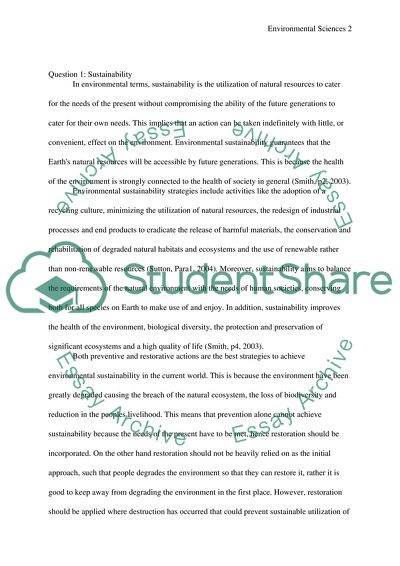Cite this document
(Environmental Sustainability Strategies Assignment, n.d.)
Environmental Sustainability Strategies Assignment. Retrieved from https://studentshare.org/environmental-studies/2028111-environmental-science
Environmental Sustainability Strategies Assignment. Retrieved from https://studentshare.org/environmental-studies/2028111-environmental-science
(Environmental Sustainability Strategies Assignment)
Environmental Sustainability Strategies Assignment. https://studentshare.org/environmental-studies/2028111-environmental-science.
Environmental Sustainability Strategies Assignment. https://studentshare.org/environmental-studies/2028111-environmental-science.
“Environmental Sustainability Strategies Assignment”, n.d. https://studentshare.org/environmental-studies/2028111-environmental-science.


